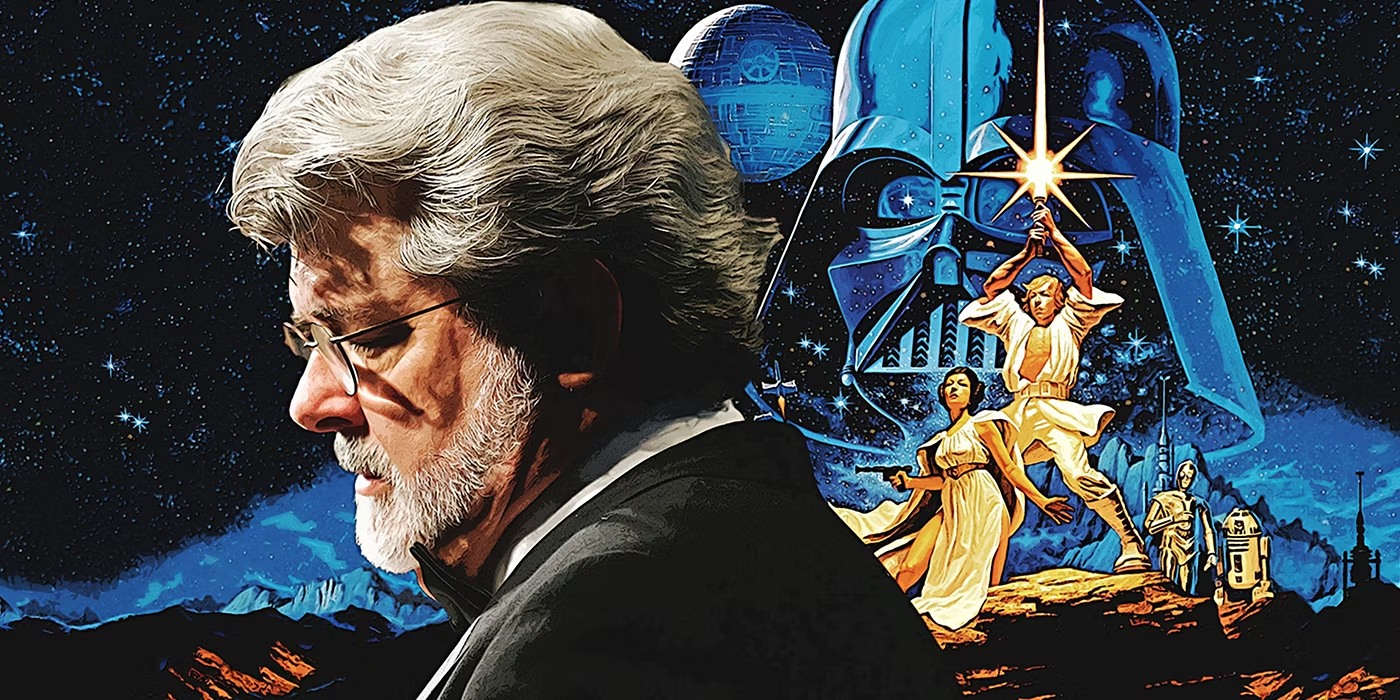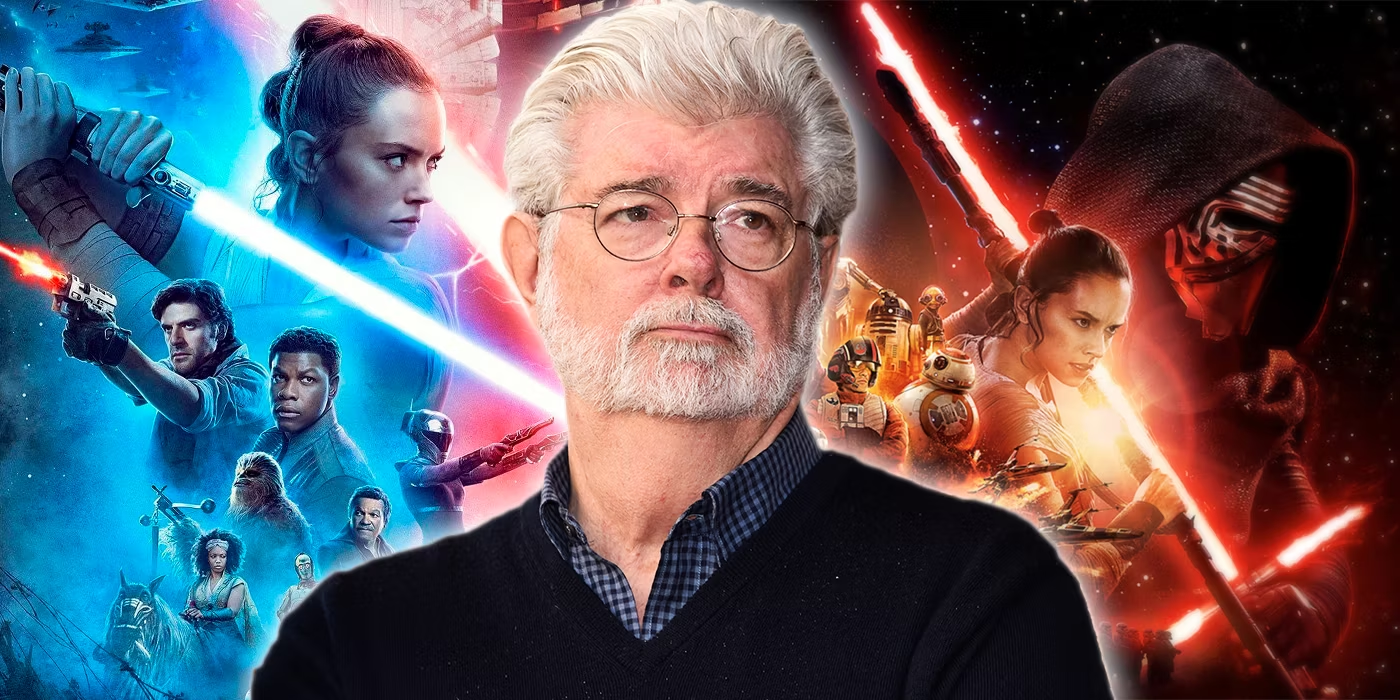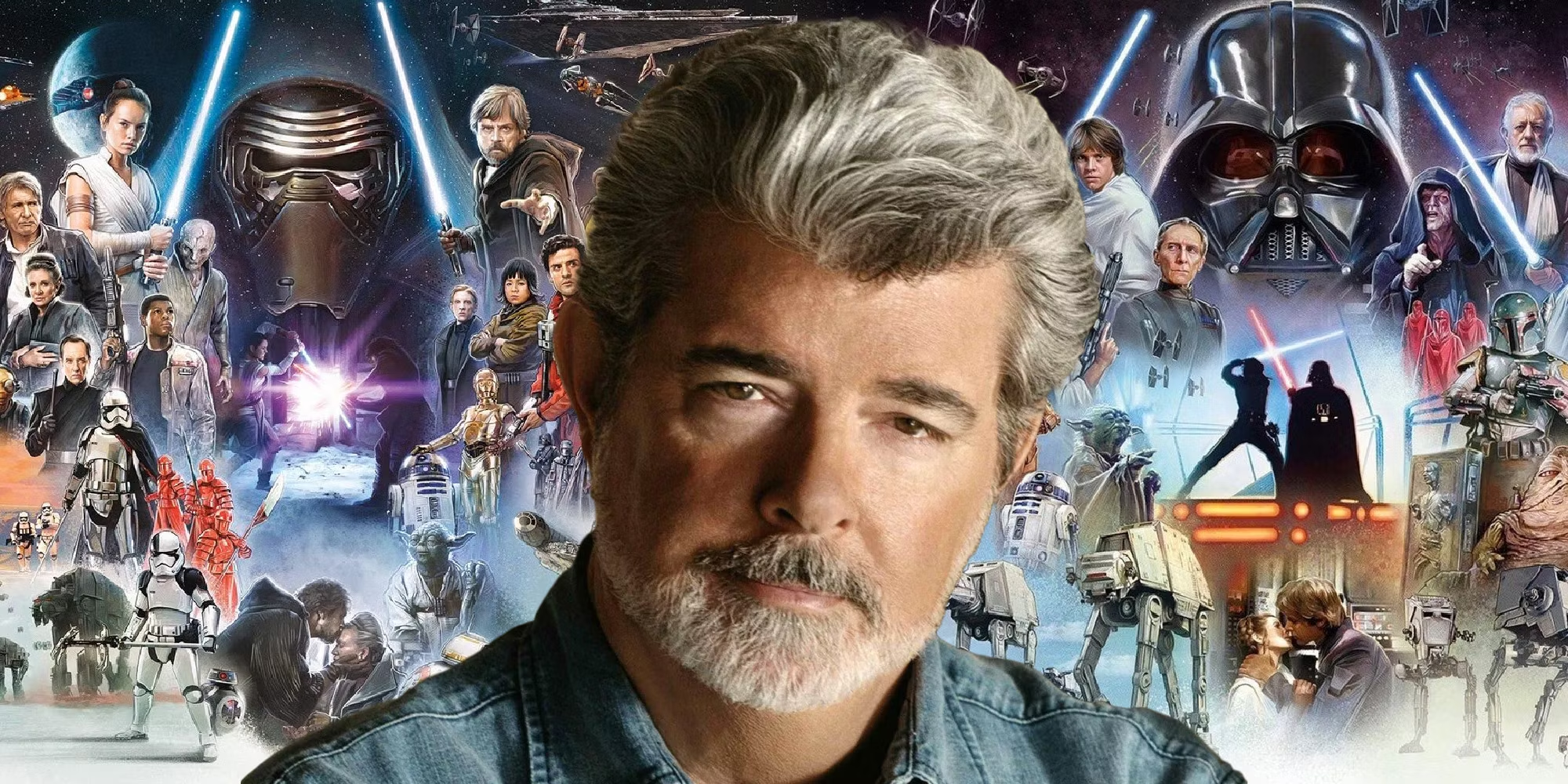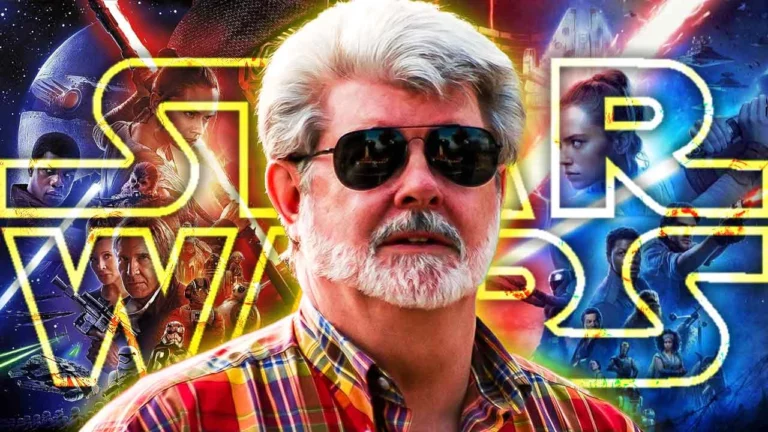“Star Wars: The Force Awakens,” a juggernaut in the film industry with a staggering box office return of over $2 billion, stands as a testament to the enduring appeal of the Star Wars saga. Yet, amidst its commercial success and the divisive reception of its sequels, the film presents a curious blend of novelty and nostalgia, weaving elements from George Lucas’s original trilogy into its fabric. This raises an intriguing question: did “The Force Awakens” borrow more from Lucas’s earlier drafts than most fans realized?

The Blueprint of a Legacy
The structure of “The Force Awakens” remarkably mirrors that of the original films, particularly “A New Hope” and “The Phantom Menace.” This design isn’t merely coincidental but a deliberate nod to the saga’s roots. The film introduces Rey, a young scavenger whose mundane life on Jakku is upended by a call to adventure, mirroring the journeys of Anakin and Luke Skywalker. Joined by Han Solo, the wise mentor figure, Rey’s path closely aligns with the classic hero’s journey that Lucas so effectively employed.
George Lucas had envisioned Luke Skywalker in a mentorship role during this period, a concept that was adapted with Han Solo stepping in to guide Rey. This shift not only retained the mentor-apprentice dynamic but also repositioned the focus from familial discovery to a broader quest, involving the hunt for Luke Skywalker.

Historical Reflections and Creative Inspirations
Further exploration into the origins of “The Force Awakens” reveals its deeper connections to Lucas’s initial visions. An earlier draft of “A New Hope,” then titled “The Star Wars: From the Adventures of Luke Starkiller,” included significant plot elements that resonate within the sequel. For instance, the concept of Kyber crystals, originally envisioned as a control mechanism for the Force, was repurposed in the canon to power lightsabers, illustrating how Lucas’s original ideas continued to influence the series beyond their initial conception.
Supreme Leader Snoke’s warning to Kylo Ren about the awakening in the Force parallels an obscure line from the original drafts where a similar awakening prompts caution.
This thematic recurrence highlights a continuity in the storytelling that bridges the old with the new.

A Legacy Reimagined or Rehashed?
While “The Force Awakens” pays homage to its predecessors through its plot structure and thematic elements, it also stands as a subject of debate. The extent to which it relies on Lucas’s original frameworks versus introducing new narratives is a point of contention among fans and critics alike. However, this blend of the old and the new is perhaps what makes “The Force Awakens” a quintessential Star Wars film—rooted in tradition yet eager to chart its own course in the expansive universe of the saga.
As the Star Wars universe continues to expand, the interplay between legacy and innovation remains a central theme. Whether viewed as a tribute or a retread, “The Force Awakens” undoubtedly serves as a bridge connecting generations of Star Wars enthusiasts, inviting both reflection and anticipation for the future of the franchise.
